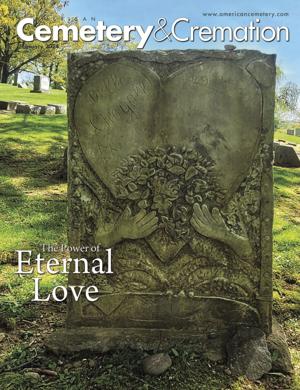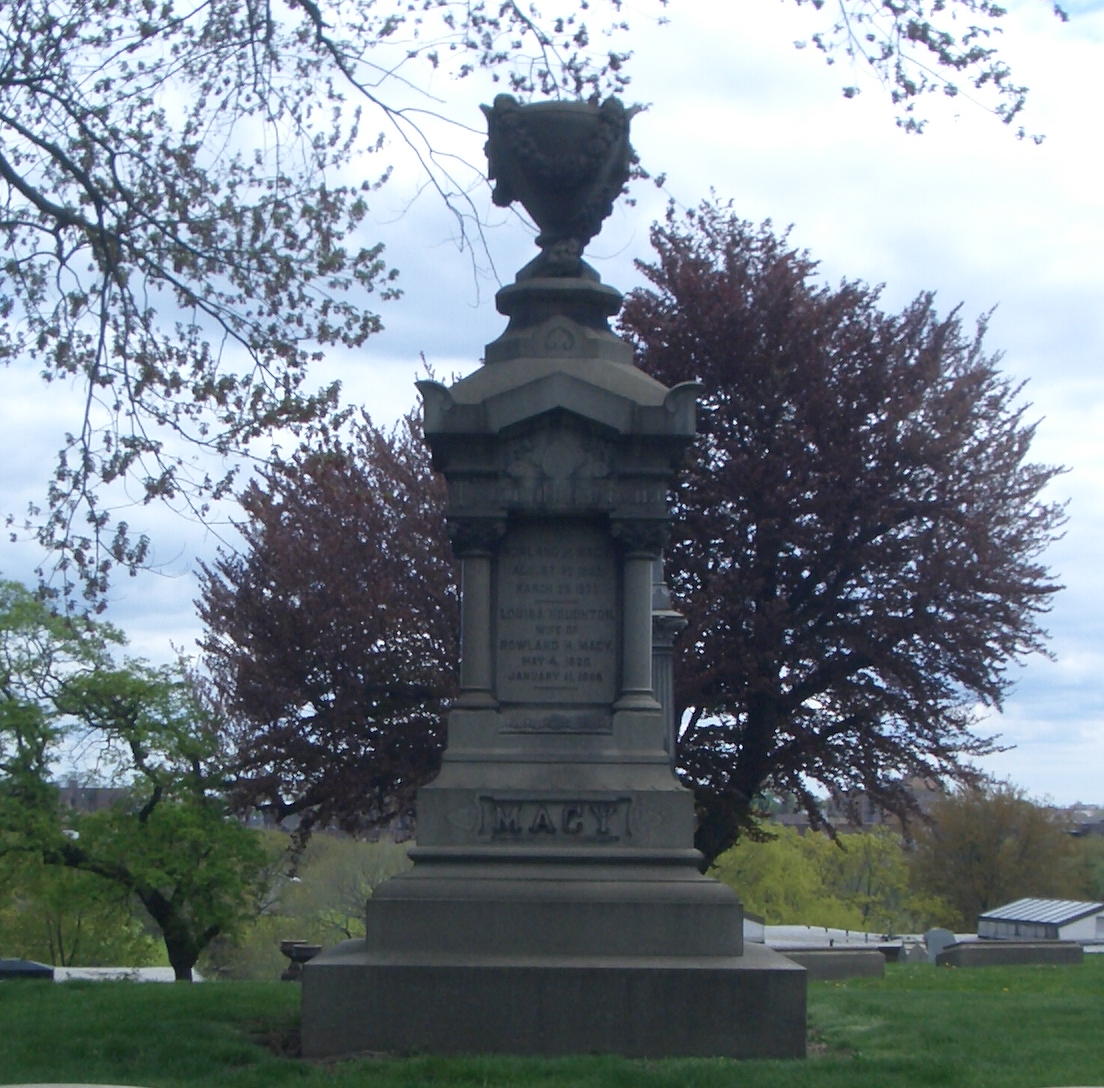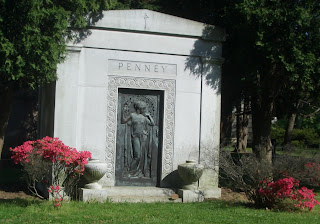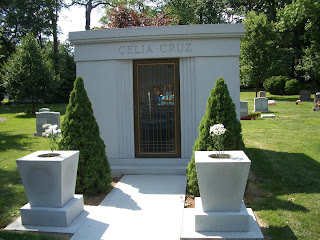Ralph Adrian Gushee: Proprietor of Manhattan’s Claremont Inn.

Buried beneath this monument is Ralph Adrian Gushee who for 41 years was the proprietor of Manhattan’s Claremont Inn. The restaurant was a “hot spot” in its time, welcoming guests like President William McKinley and Admiral George Dewey. Gushee and his family lived in an apartment above the restaurant and was waked there when he died in 1933. That same year, prohibition ended and newly elected Mayor Fiorello La Guardia pushed for the remodeling of the Claremont Inn, insisting that its traditionally high prices become more affordable. Robert Moses undertook the project, and on May 1, 1935, the Claremont Inn had a grand reopening with a reported crowd of 500 patrons. In the late 1940s, the Inn's popularity waned, signaling its inevitable end. In 1951, as the city began the demolition, an unexpected event unfolded. A fire, sparked by coals, ignited the old structure, hastening its demise. The remnants of the Inn were then torn down. Today, a playground stands on the site where the I...

-01.jpeg)


.jpg)









